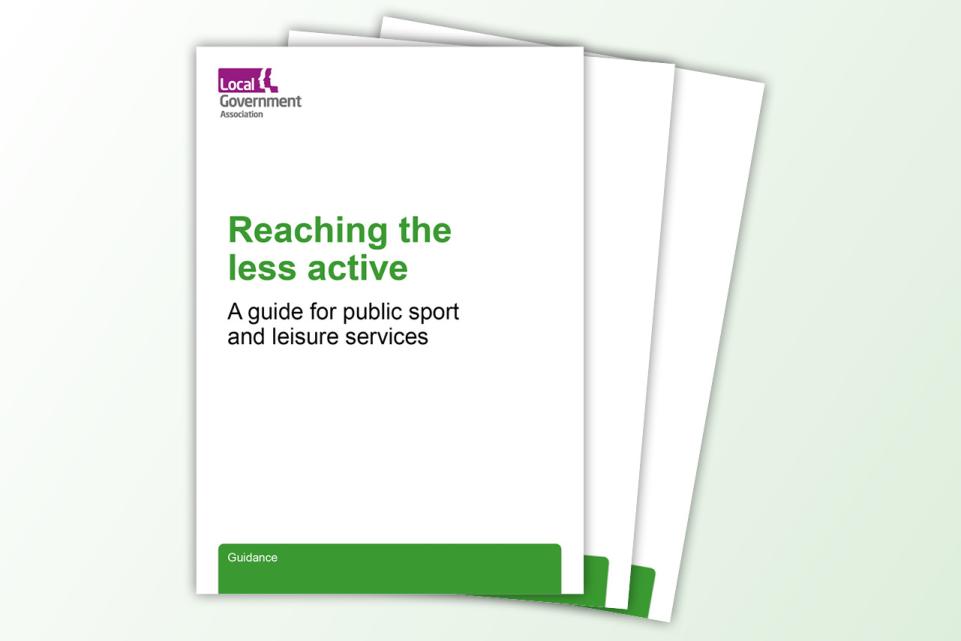The LGA Culture, Tourism and Sport (CTS) Board is committed to tackling inequalities, promoting equality and supporting councils to help communities to be active. Over the next two years the CTS Board will take an in-depth look at a range of inequalities with the aim of sharing effective practice within the sector. The first of these will focus on women and girls.
Why women and girls?
Research shows that women are persistently less active than men and that the gender gap starts from a young age. Being physically active is important because it has been shown to improve health and wellbeing, manage and prevent many long-term health conditions, improve social connectedness and decrease feelings of loneliness and exclusion. Yet despite it being hailed as a miracle cure, 4 in 10 women are not active enough to ensure they get the full health benefits.
Over the past five years the Active Lives survey shows little progress has been made:
- In 2021/22, men were 4.8 per cent more active than women, similar to the gender gap recorded in 2015/14.
- In 2022/23, boys were 6.8 per cent more active than girls, the same as the gender gap recorded in 2017-18.
- Disparities exist within ethnic groups. Black men are 11 per cent more active than black women. Asian boys are 10 per cent more active than Asian girls.
Women and girls' attitudes towards prioritising and participating in physical activity significantly differs to men and boys.
- Insights from the ‘This girl can’ campaign highlight that women feel that spending time with friends and family or studying/working should be more important than being active.
- Thirty-one per cent of women say lack of time is a factor when trying to increase the amount of physical activity and exercise they do. Likewise, girls report prioritising schoolwork over being active.
- Girls report more negative associations and lower levels of enjoyment compared to boys.
- Forty-eight per cent of teenage girls say their mum is their biggest motivator when it comes to exercise.
Turning the tide is not easy, but momentum to get more women and girls active is growing at the national level. The groundbreaking “This Girl can” campaign helped to kickstart it in 2015. More recently, Sport England’s strategy prioritises positive experiences for children and young people. The Government’s “Get Active” strategy prioritises getting a million more children and 1.25 million more women active by 2030. It’s the focus of the Women Sport’s committee.
Councils will be important in delivering on these shared ambitions and we want to understand more about what local government is already doing to get women and girls active so they can reap the full benefits from participating and moving more.
Ways to get involved
Respond to our call for evidence
From hyper local interventions to shaking up the system, we want to hear about how your council is effectively tackling inactivity and low participation levels in girls and women.
We will use your examples to share effective practice with the sector. We also want to hear about the challenges stopping you from delivering on this agenda and what the solutions might look like.
We are also keen to gather evidence on the impact national funding is having on your ability to help more women and girls get active. This will be used to inform our lobbying work and support to councils.
The call for evidence will close on 26 April 2024.
How to share evidence
We are inviting councils, and all interested parties to provide feedback and empirical evidence on the below four questions. Please use our response template and case study template and send to [email protected] you can also send more informal examples of what you’re delivering by tagging us on social media (@LGAComms or @LGACultureSport on X/Twitter, Local Government Association on LinkedIn and Facebook). You can find questions and examples of evidence sought below:
What we will deliver
The call for evidence will close on 26 April 2024.
Whilst the call for evidence is running, we will:
- Publish case studies on the LGA case study database when we receive them so councils can start learning from each other straight away.
After the call for evidence closes, we will:
- Develop an online hub with a suite of resources including:
- findings from the call for evidence
- a suite of more in depth case studies
- useful resources.
- Analyse the quantitative and qualitative evidence received on the four questions we are posing to councils and publish the headline findings on the hub. This will be used to inform our ongoing lobbying work and support to councils.

